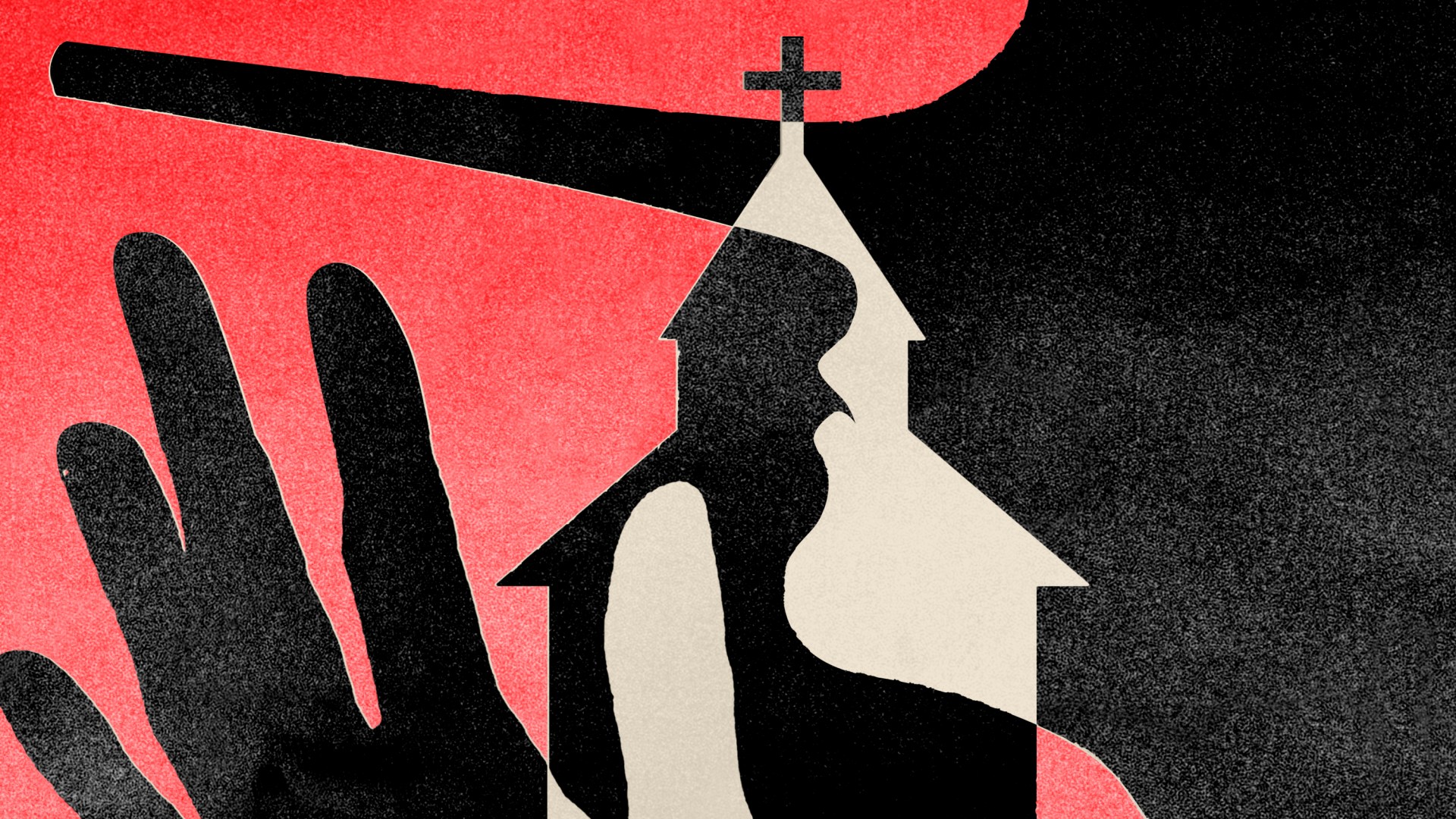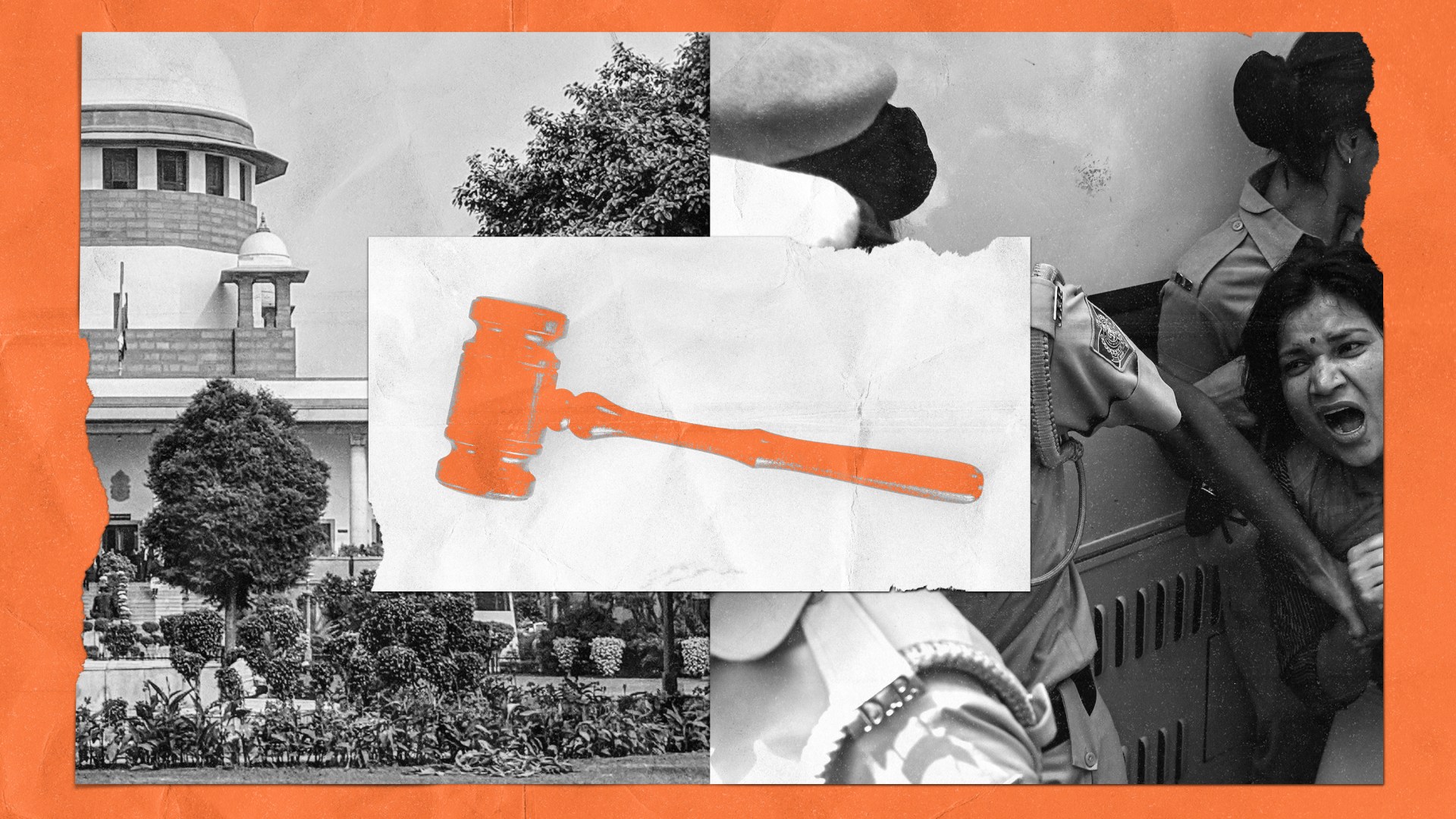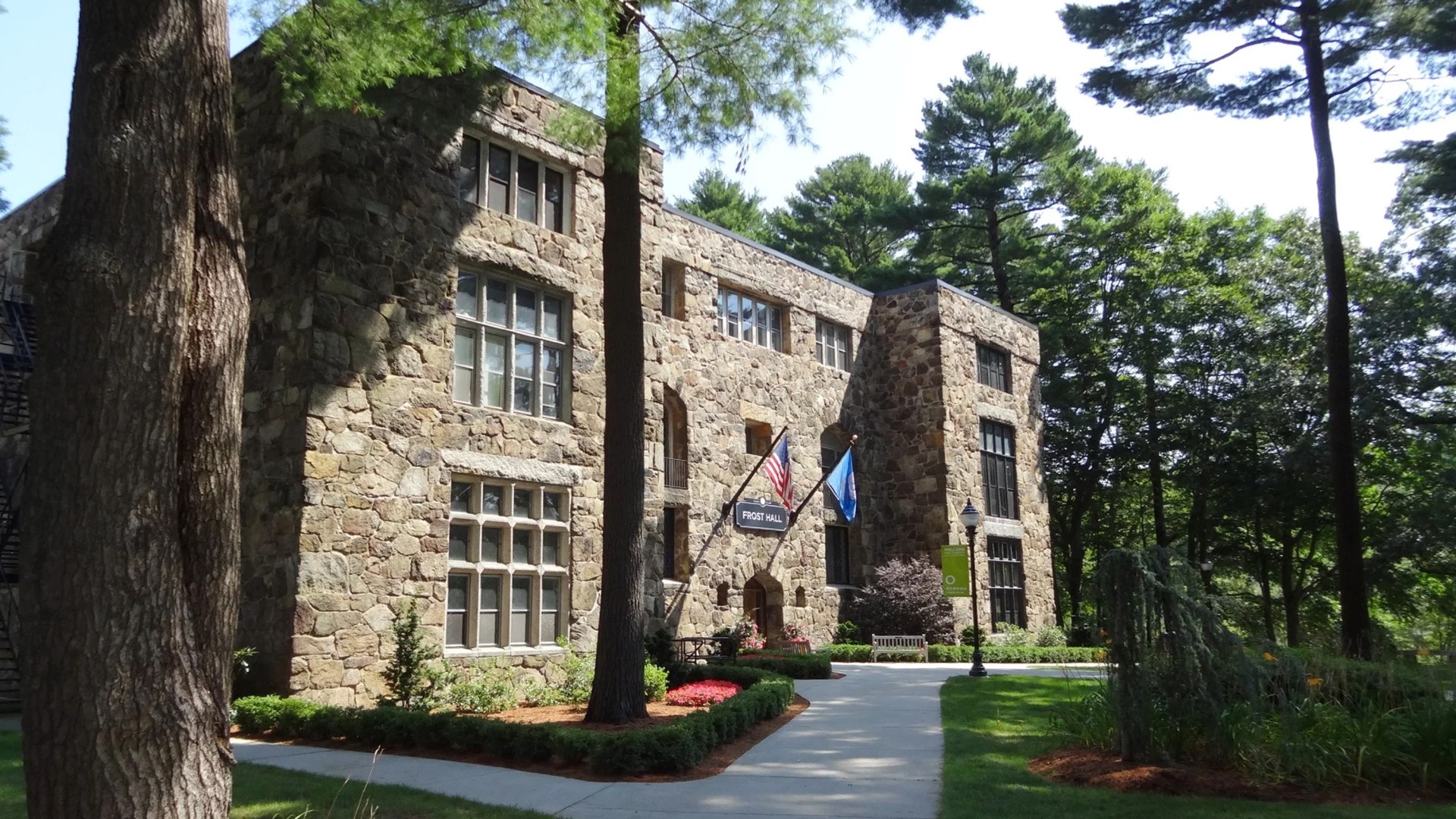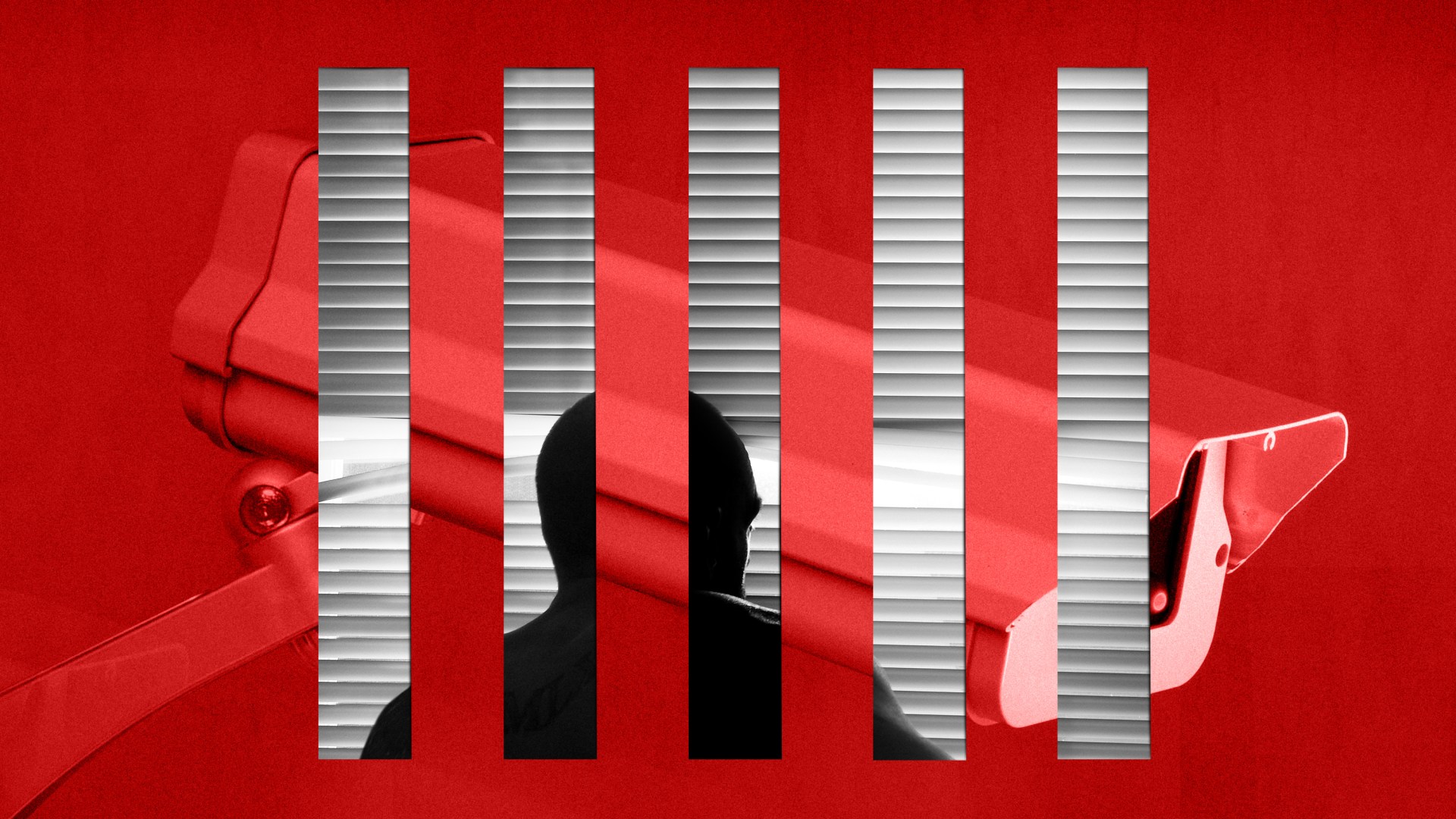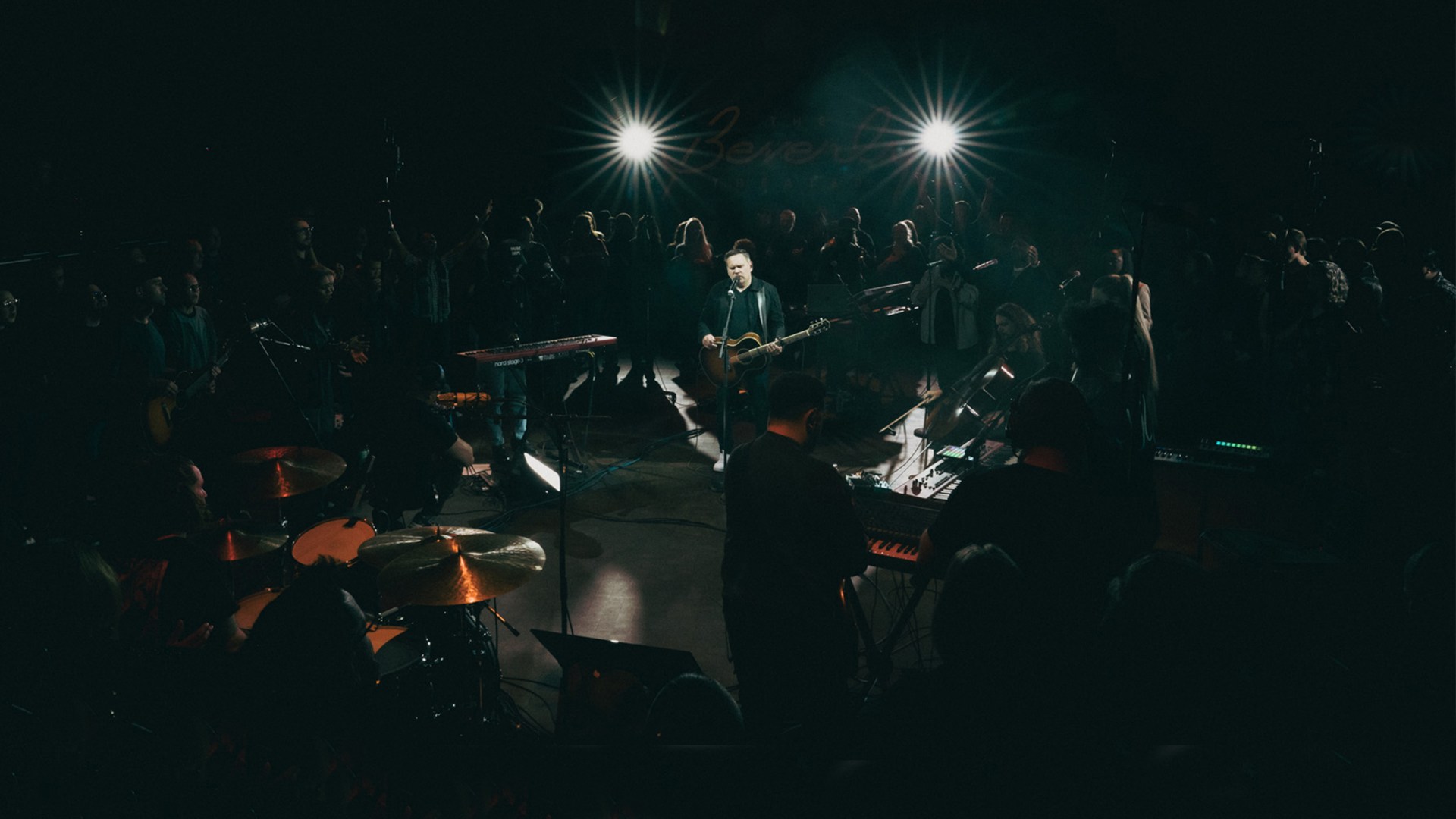By now, you’ve seen the statistics. In the United States, churches are shrinking. Christian belief is waning. “Nones” comprise a greater share of the population than Protestants or Catholics. And the trendlines don’t look good.
By now, you’ve also seen the explanations—many of them published in the pages of Christianity Today. Leadership crises, denominational tussles, and sexual-abuse scandals have depleted the trust congregants have in their pastors. Congregations have split over political candidates and masks and vaccines and critical race theory and LGBTQ inclusion and women in leadership.
These explanations are right. But to me at least, they increasingly feel like a set of abstractions. They’ve been repeated so many times over the past several years as to have lost their meaning—so rote, by now, as to obscure particularities.
In her new book Circle of Hope: A Reckoning with Love, Power, and Justice in an American Church, Pulitzer Prize–winning journalist Eliza Griswold offers no such obfuscation. Through painstaking observation of one church over many years—Circle of Hope, a progressive evangelical community with “cells” across New Jersey and Pennsylvania—she reveals how the histories, gifts, and besetting sins of particular Christians in specific circumstances react to monolithic cultural pressures. Through her reporting—rigorous, expertly paced, never polemical—she also reveals what’s at stake.
Utter estrangement
Circle of Hope was founded in 1996 by former Jesus Freaks Rod and Gwen White. From the very beginning, the Anabaptist congregation ran counter to the predominant political and cultural conservatism of the Religious Right. Rod wore jeans and used a music stand as a lectern; congregants interrupted and asked him questions. An alternative music scene thrummed. In the years to come, the pacifist Christians at Circle would protest drone strikes and illegal gun sales; the church made reparations to its Black members, raised money for a bail fund, and lobbied for affordable housing.
These activities notwithstanding, Circle wasn’t meant to be a political project. Rod “considered himself an activist,” as Griswold reports, “but he also taught the risks of not keeping Jesus at the center of one’s life.” Circle read Scripture together, marked Easter with a sunrise service and cross-marked cookies, and baptized people in the filthy Delaware River. “Battling the forces of evil didn’t mean simply backing progressive political causes,” writes Griswold. “Jesus was calling for a far more radical transformation of society”—not just new policies but new creation.
But what’s the difference between a stance and a Spirit-led truth? Where can the church “agree to disagree,” and where must it dig in its heels? What’s woke—and what’s the gospel?
Over time, disagreement on the answers to these questions caused Circle of Hope to shut down. (No spoilers there; Griswold makes clear from the introduction where the 2020s are headed.) She documents the dissolution through the stories of four pastors: Ben, Julie, Rachel, and Jonny, as well as Bethany, a prominent Black member of the congregation.
The five of them disagree about plenty. In particular, they fight over race and racism, power and authority. Eventually, factions form. Members start leaving. Members stop giving. The church leaves its denomination over the decision to become LGBTQ affirming. The pastors disentangle themselves. “Both sides cast the other as the reason people were fleeing from Circle,” writes Griswold. “Jonny explained the emptying out as a result of the legacy of whiteness and abuse.” Those aligned with the founding family, the Whites, “saw people fed up with fighting, and with Jonny.”
In the hands of a lesser writer, the breakup’s bureaucracy—statements, Zooms, masked meetings, emails, a consultant—would be tedious. But Griswold sustains a lively narrative. This is a story not of hijacked agendas and out-of-line reply-alls but of utter estrangement. It’s riveting, and it’s painful.
It’s also actually inclusive. In Circle of Hope, Griswold manages to enact what her observed church could not, allowing different points of view to coexist in its pages. She brings equal parts scrutiny and grace to her flawed characters, offering their backstories not as an excuse for their often troublesome behavior but as context for understanding them as whole people. Ben, one of the White sons, yells at his colleagues in meetings. He’s also a hospital chaplain, a father taking his sons to look at the stars. Jonny sends bitter tweets and draws hard lines. He’s also a skilled chef, the child of evangelicals who fled persecution in Egypt.
But all the context in the world isn’t enough for the pastors and their congregants to find common ground. What’s wrong with church, it seems, is what’s wrong with the rest of American life: We’re angry. We’re stressed out. We’re lonely. Our polarization mirrors the divides elsewhere, across politics and geography and socioeconomic class. We’re no better, it seems. If this is how Christian brothers and sisters treat each other—with skepticism and rage and sneering—well, then … what’s the loss when a church closes down?
The work persists
Of course, there’s the loss of communal worship, which at Circle is admittedly hard to pin down. In the years since its founding, in ways obvious and subtle, it seems to have strayed from historic orthodoxy. It’s often hard to tell where “creative” ends and woo-woo begins. Griswold doesn’t try to make the distinction, merely describing the scriptural exegesis, “Creative Play,” and meditation practices she observes.
Ultimately, those splintering questions listed above boil down to spiritual ones. Is Jonny’s conviction just crass opportunism? Is Julie an ally out of cowardice or conviction? Is Ben really trying his best? Does “love your neighbor” mean calling them out, flipping the temple tables? Though Griswold can observe the fruit of the Spirit—who’s humble, who’s kind—it’s impossible for even the sharpest journalist to know the depths of a human heart. She can’t assess the sincerity of a prayer or the closeness of an individual’s relationship with Christ.
Easier to document is the loss of hands and feet, the absence of the body of Christ working together to make the kingdom come. Even where the Circle’s theology or polity is flawed, this loss is evident.
For years, members watched each other’s children and paid down each other’s debt. They ran community thrift stores and donated the proceeds. They served spaghetti to people on the street, inviting them into the warmth.
“There was an absolute kindness in this community, a living example of being ‘in the world but not of it.’ The depth of their devotion was inspiring,” writes Griswold. “And then the world banged its fist against the glass door.”
Even when Circle ends, its individual Christians persist. As the church comes apart, Rachel picks up a relapsed addict and delivers him to an emergency room. Once he’s no longer a pastor, Ben, in his capacity as a hospital chaplain, holds a dying baby and tells him to “Go into the arms of the Lord.”
The church, after all, isn’t a collection of buildings, a sheaf of paperwork, a name. As long as its people persist, its work goes on.
Kate Lucky is senior editor of culture and engagement at Christianity Today.



